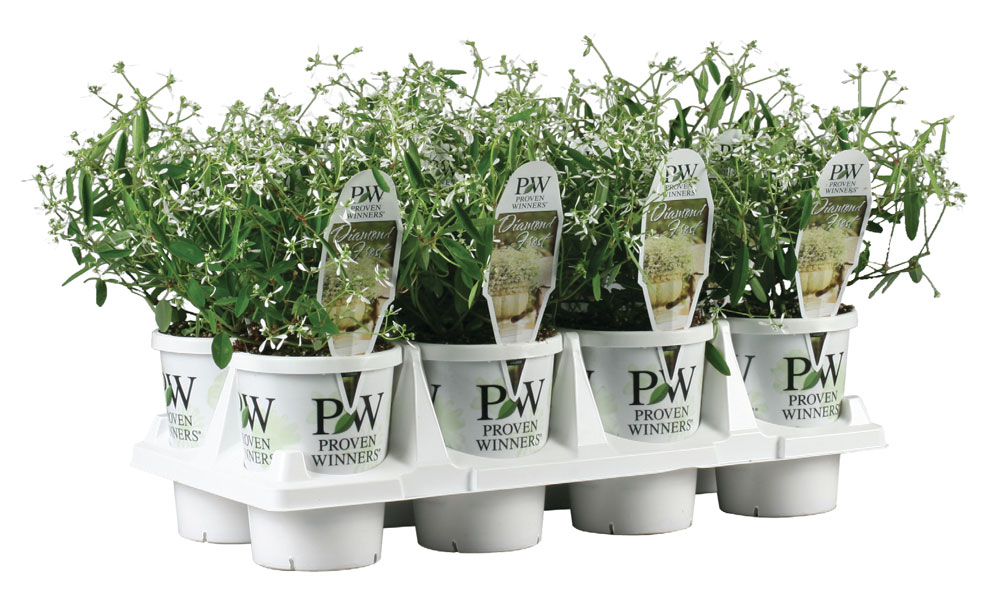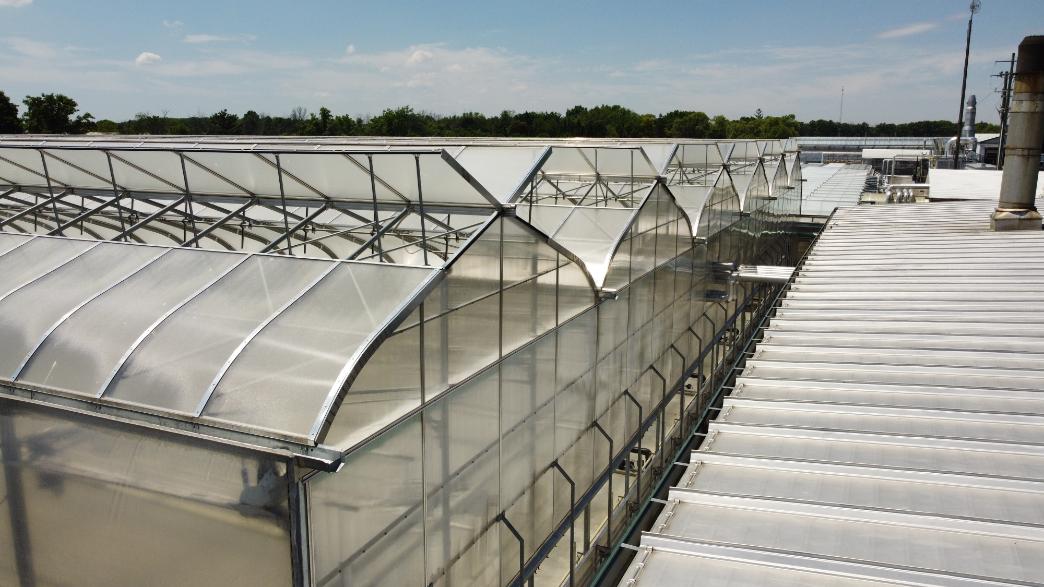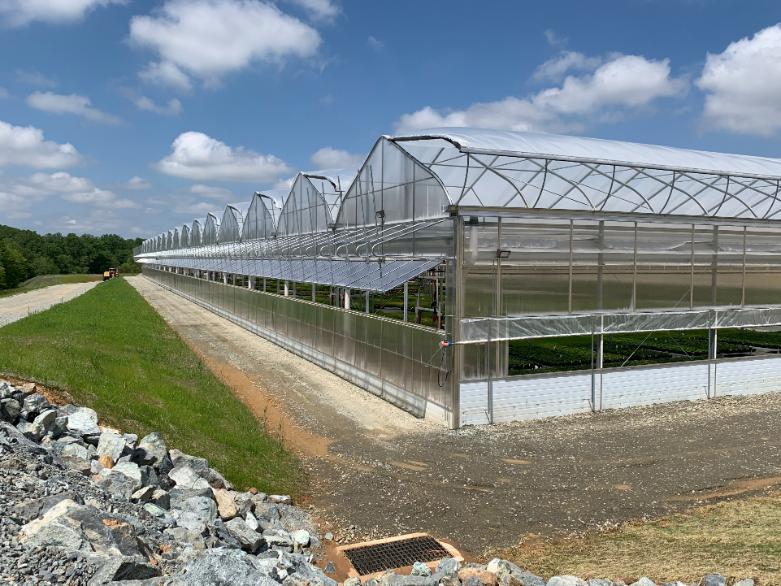4 Reasons Why You Should Brand Your Plants
Studies have clearly shown that sales increase when a plant is branded. There are many benefits for you and your customers in branding your plants, including increased recognition, value and repeat purchases. If you have a quality product line that you’re unsure about branding, here are some reasons to reconsider.
 Branding Creates Recognition of Your Greenhouse Products & Fosters Repeat Purchases
Branding Creates Recognition of Your Greenhouse Products & Fosters Repeat Purchases
The obvious benefit to branding is creating a recognizable “special name” that can be associated with your greenhouse’s plants. Of course, the quality must be there, or there is no value in branding it. If consumers have positive experiences with your plants, the brand name may begin to resonate in their minds. Then when it comes to making repeat purchases, they can reorder that plant by its memorable name.
Branding a Greenhouse Plant Creates a Higher Perceived Value in Customers’ Minds
The simple act of branding a plant makes it more valuable to consumers. The more effort you put into brand awareness, if combined with a successful plant, the more value. Take the Coca-Cola brand for example: Who wants tepid, off brand, generic cola when they can have Classic Coke? The same applies to your greenhouse plants. If your brand name is synonymous with quality, positive feelings can be evoked even when the name stands on its own. It also creates accountability to the customer – they know exactly what to expect from your product, and the name helps to support that expectation. Finally, customers are willing to pay a little extra for a branded plant that they come to associate with higher quality.
 Branding Allows you to Segment and Target Customers
Branding Allows you to Segment and Target Customers
Many companies will produce an identical product, but present it in a different way, depending on the customer they’re targeting. In the plant world, this can be accomplished in many ways. For example, if you’re an orchid grower, you can brand your flower as a luxury product for the urban professional - choices like the name of the brand, style of the pot, etc. will present an image that this demographic is likely to respond well to. You can even emphasize features your target demographic may value more, such as “low maintenance” and “time-saving.”
Effective Branding Creates an Emotional Connection by Telling a Story
The most successful brands are the ones that communicate a story and elicit emotions in the consumer. The story can be as simple as promising a front garden full of spreading multi-colored pansies, while describing the feeling of serenity that customers will experience if they use your product. We are emotional creatures, and we base many decisions off emotion – so tie emotions into your brand. Stimulate your customers’ imaginations and help them visualize how your product will increase their happiness, fulfillment, satisfaction, or perhaps a different emotion that matches what your plants can offer. This is marketing at its very core, and it’s not a cheap trick. It’s important to see it as part of your brand’s feature set, one of the intangible benefits of owning your product. A story can be told in many ways, whether it’s a description on your website, a tag attached to your plant, or other more subtle methods. But if you choose to tell a story, make sure you maintain a consistent message across all your marketing channels.








